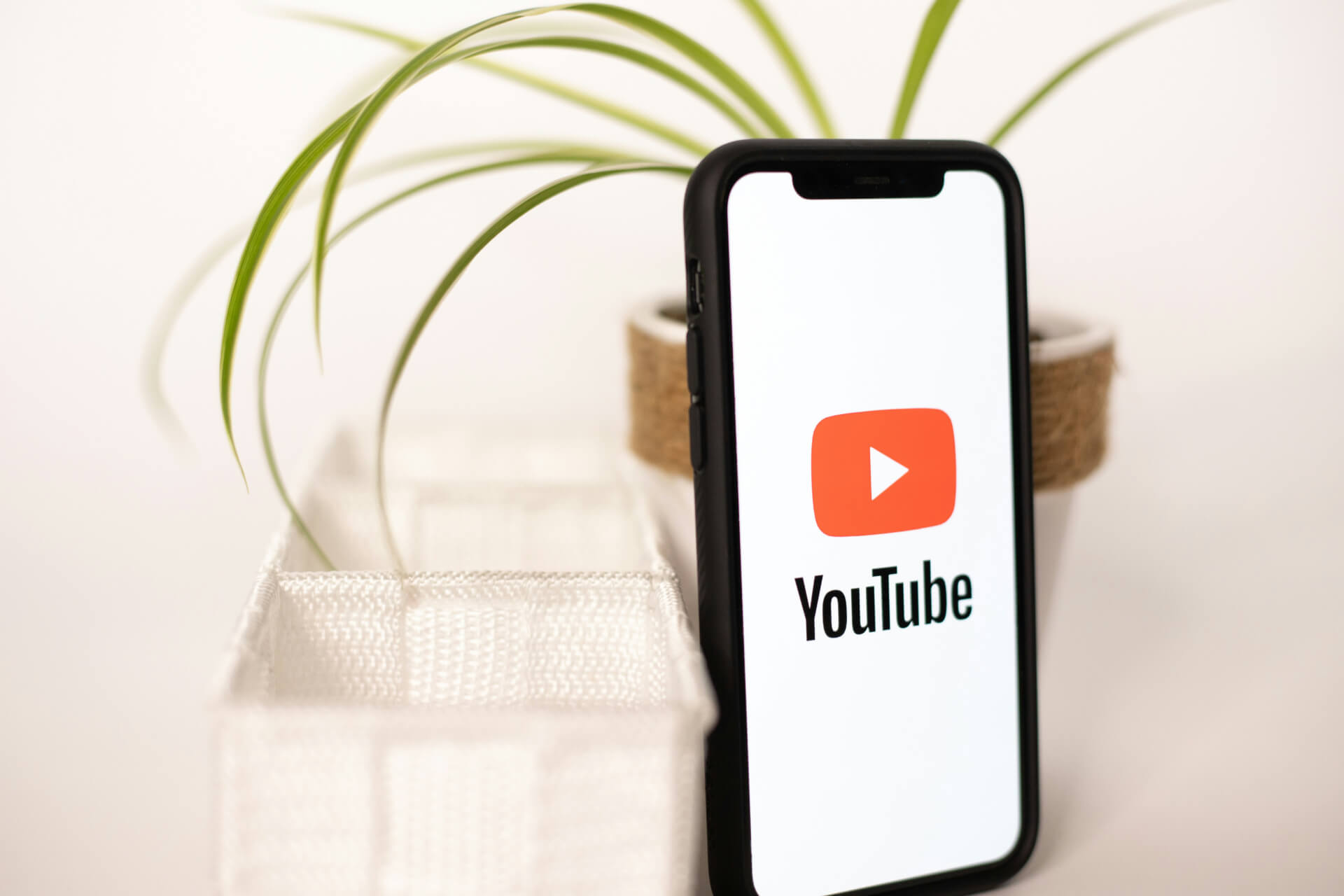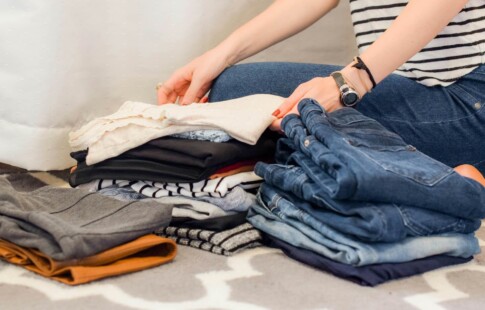
Is Being an Influencer Sustainable for the Planet?
We are reader-supported. When you buy through links on our site, we may earn affiliate commission.
People might be asking this question from two different perspectives. First, you might be curious if being an online content creator is a sustainable source of income. Others might wonder if it’s good for the planet from an eco-friendly point of view. Today, we’ll be discussing the latter and how influencers can transform their brands to advocate for the planet. Enter the world of the greenfluencer.
Is Being an Influencer Sustainable?
Let’s look at both arguments — is being an influencer sustainable? Yes and no, though it may weigh more heavily on one side than the other.
Yes, You Can Use Your Platform for Good
Influencers with platforms large and small can make their voices heard. Some would argue they have a responsibility to do so, and some speak with their followers about the climate crisis and related issues.
These are greenfluencers. They not only have unprecedented transparency about their values, but establishing a brand with these ideals alienates tons of brands they could earn money from. Greenfluencers take these sacrifices to highlight more ethical brands and diverse voices from across the internet to try and change people’s online scrolling behaviors.
Additionally, being an influencer could be as carbon-friendly or as carbon-intensive as the person chooses. It has tons of flexibility. They could charge all their equipment on renewable energy, and cause thousands of followers to sign environmental petitions. Alternatively, they could just do it for the money. What does that look like?
No, Hyperconsumption Is a Slippery Slope
There are several reasons why being an influencer is bad for the planet. First is energy usage and electronic waste, or e-waste. The “chronically online” person is more likely to have tons of filming, lighting, and sound equipment to achieve their work. While this happens across other industries too, it is indisputable these people sap more resources by being constantly on-screen.
Additionally, there is a constant need to upgrade. The top influencers have the most crisp sound and visual quality. This means replacing equipment on a too-frequent basis, potentially producing unnecessary e-waste. This could also include laptops, wires and cords, phones, and more.
However, the most notable reason why influencers are unsustainable is their messaging. They sell their lifestyle to sell products, and many have a lot of control on what brands they decide to work with. For the sake of a paycheck — though some may be in more need than others with less choice — some high-profile influencers work with brands known for their negative impact, such as Temu or Amazon.
As mentioned, greenfluencers exist to combat this noise. But, it is inarguable that the main goal of an influencer is to force people to buy, buy, and buy some more until they are making haul videos of their own. It creates an endless cycle of overconsumption that can never be satisfied because buyers are always being advertised the next big thing that will change their life.
How Can Influencers Be More Sustainable?
Greenfluencer or not, everyone could do a better job for the planet. How could an influencer be more sustainable by changing their relationship with their content and their revenue streams?
Turn Down Promotional Packages
Everyone from BookTok influencers to lifestyle YouTube channels will sometimes receive unsolicited brand packages at their doorstep. It could contain copious amounts of beauty products, clothes, and more.
While some may welcome the free gifts, especially if they regularly show up, the products accumulate into a pile that one person could not reasonably consume. If you are in this camp, consider regifting, donating, or requesting to be taken off lists. Don’t use these free items as fodder for your next unhaul or declutter video where everything ends up in the trash.
Change Sponsor Standards
Unless you’re in a financially precarious situation, you have the freedom as an influencer to say no to a sponsorship that doesn’t spark joy or align with your eco-friendly values. Once you say no to so many, they won’t bother you anymore. This gives you the mental and physical time to reach out to companies that are a better use of your collaborative and creative potential.
Avoid Affiliate Culture
It’s tempting to try and make passive income from a copious amount of affiliate links in the description of a YouTube video or a “link in bio.” Isn’t it kind of annoying that every video from many creators includes a link to their Amazon storefront?
Whether you’re consuming content or creating it, avoid engaging with these links. While they promise passive income, they should only be included when it is:
- Relevant to the content
- Promoting an ethical or sustainable business
- Not trying to take advantage of the audience
Stop Posting Shopping-Based Content
Did you post a reel recently while you were shopping at Target or picking souvenirs on your recent vacation? Even the idea of shopping can spark environmentally destructive behaviors in people, until they are ordering hundreds of dollars with one click on Amazon, awaiting a pile of plastics from a gas-guzzling car.
While a lifestyle vlog is not inherently promoting unsustainable things, you have to be careful what the connotations and consequences might be for viewers.
Step Away from High-Carbon Apps
TikTok is one of the most carbon-intensive apps on the planet, while other platforms use less energy and have a less ardent user base. Support apps with less of an impact by taking your audience to a new space on the internet.
Show Yourself Doing Your Best
Many people don’t do the right environmental things because they feel they can’t make a difference. If more influencers showed themselves picking up litter, attending a local meeting, planting native flowers, or installing a residential wind turbine, then more people could see it as an accessible way to live.
Travel Less
Influencers’ lives are marketed as glamorous and jet-setting. There is a press event over in San Francisco, then they gallivant to Florida for a two-week-long vacation from the hamster wheel of online creation.
While everyone deserves to enjoy the luxuries their job affords them, unnecessary travel is one of the biggest greenhouse gas-emitting activities anyone can do. It’s not necessary to travel for every party invite or meeting — perhaps a quiet night in or a Zoom call will do the trick.
Greener Marketing
Being an influencer is likely an unsustainable job financially and environmentally. A lot of the core tenants of online advertising revolves around excessive consumerism for ecologically exploitative products. The greenfluencer revolution is on the rise to combat these toxic behaviors, but more people need to step into the space and make waves. Advocates must exist at city councils, voting stations, and on social media for there to be widespread change.
Share on
Like what you read? Join other Environment.co readers!
Get the latest updates on our planet by subscribing to the Environment.co newsletter!
About the author

Jane Marsh
Starting from an early age, Jane Marsh loved all animals and became a budding environmentalist. Now, Jane works as the Editor-in-Chief of Environment.co where she covers topics related to climate policy, renewable energy, the food industry, and more.





